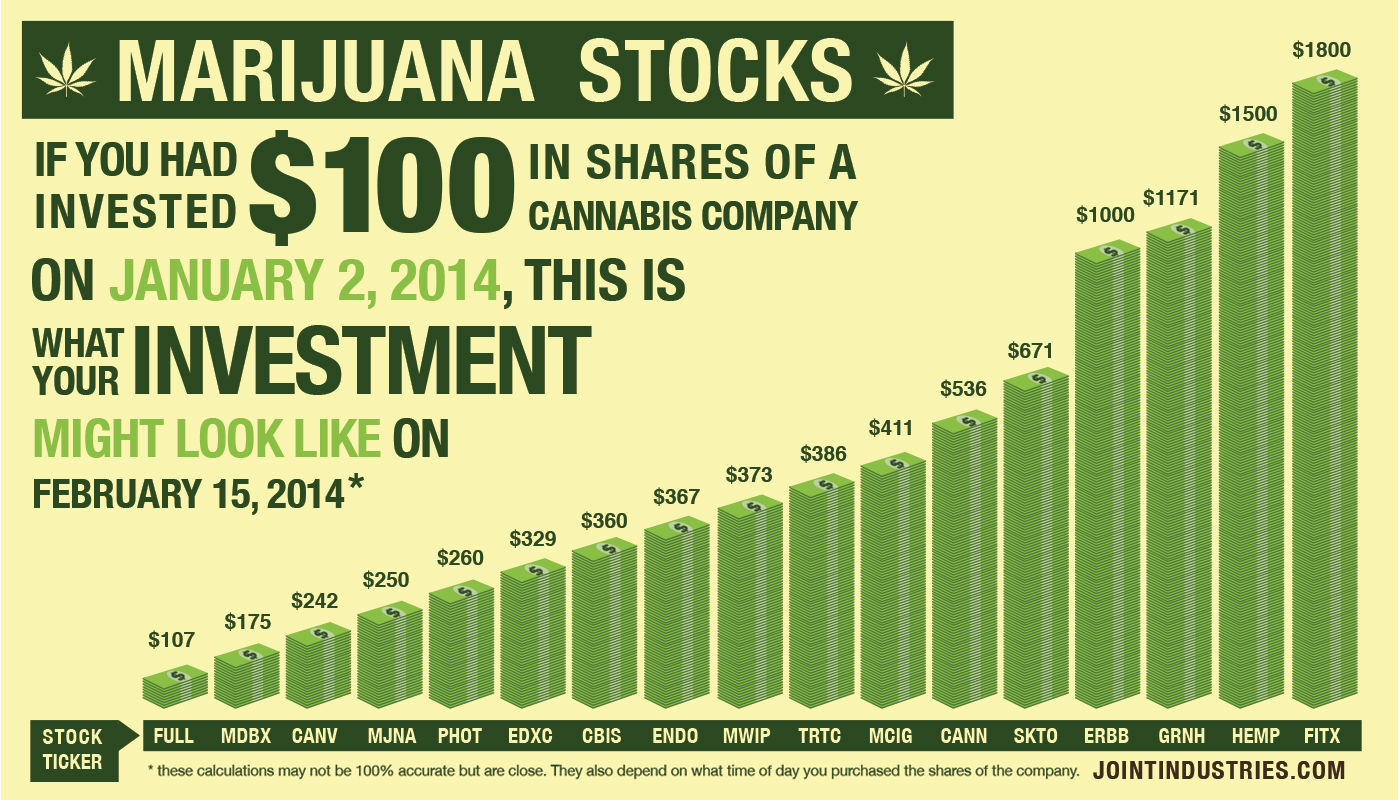FOUR GANJA STOCKS THAT MAY BE WINNERS (OR YOU COULD LOSE IT ALL)
Let’s face it: someone is gonna hit it big in the legalized marijuana business. The question is who, when, and will you be along for the ride. We here at Higher Ground in no way suggest you put your hard-earned money into Marijuana stocks. (In fact, the Stock Market in general seems quite the crap-shoot). But that doesn’t mean we’re not paying attention….





